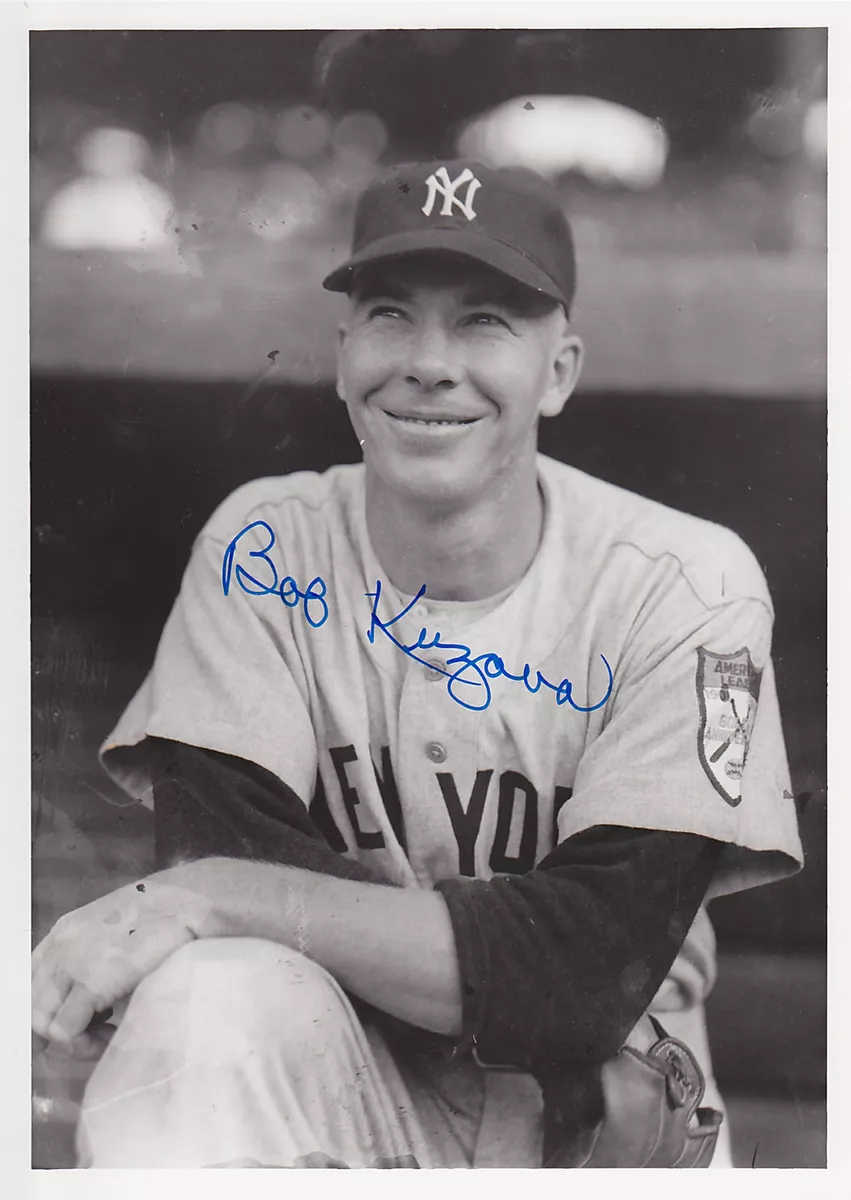Baseball History Comes Alive Now Ranked #2 by Feedspot Among All Internet Baseball History Websites and Blogs!
Guest Submissions from Our Readers Always Welcome!
Scroll Down to Read Today’s Essay
Subscribe to Baseball History Comes Alive for automatic updates. As a Free Bonus, you’ll get instant access to my Special Report: Gary’s Handy Dandy World Series Reference Guide!
Today Vince Jankoski returns with an interesting essay addressing the age-old baseball question of whether Casey Stengel was a genius – as many baseball fans think – or just lucky. His decisions in the seventh game of the 1952 World Series will leave you scratching your head…and with good reason! -GL
BOB KUZAVA:
WAS CASEY STENGEL A GENIUS…
OR JUST PLAIN LUCKY?
Casey Stengel managed for 23 full seasons and parts of two more. He managed some very good teams and some very bad ones. Throughout his managerial tenures, he was known for doing the unexpected, indeed, the unorthodox. When one of his seemingly irrational moves succeeded, he was hailed as either a genius or just plain lucky.
Perhaps the most bizarre move Stengel ever made occurred in the seventh game of the 1952 World Series, played in Ebbets Field. Notwithstanding that the Dodgers had mostly (very good) right-handed hitters: Jackie Robinson, Gil Hodges, Roy Campanella, Pee Wee Reese, Andy Pafko, and Carl Furillo – of Brooklyn’s premier batsmen, only Duke Snider was left-handed – Stengel decided on left-hander Eddie Lopat (10-5, 2.53) as his Game Seven starter. When Lopat surrendered three consecutive singles to begin the bottom of the fourth, Stengel replaced him with right-hander Allie Reynolds.
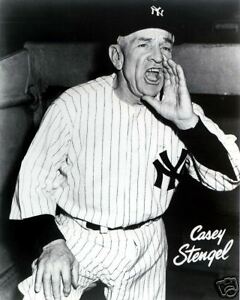
Reynolds pitched well. He gave up only three hits with no walks and one earned run in his three innings of work. Ahead 3-2 in the top of the seventh, Stengel pinch-hit future Yankee skipper Ralph Houk for Reynolds. Houk made an out, but Mickey Mantle singled in Gil McDougald later in the inning to increase the New York lead to 4-2.
In the bottom of the seventh, Reynolds was replaced by Vic Raschi, also a right-hander, who promptly put three of the four hitters he faced on base. With the bases loaded, one out, and Duke Snider coming to bat, Stengel replaced Raschi with Bobby Kuzava.
Kuzava was only a fair to midlin’ hurler. In his career, he pitched for some good teams and some not-so-good teams. In that respect, his playing career mirrored Stengel’s managerial career. Maybe that endeared him to Stengel. For his career, Kuzava barely won more games than he lost (49-45) and walked almost as many batters as he struck out (415-446). In 1952, he was a decidedly uninspiring 8-8 with a team that finished 36 games above .500. He pitched to an ERA of 3.45 in 133 innings split between 12 starts and 16 relief appearances. For the year, he struck out 67 batters and walked 63. This is hardly the guy you want to trust the season to.
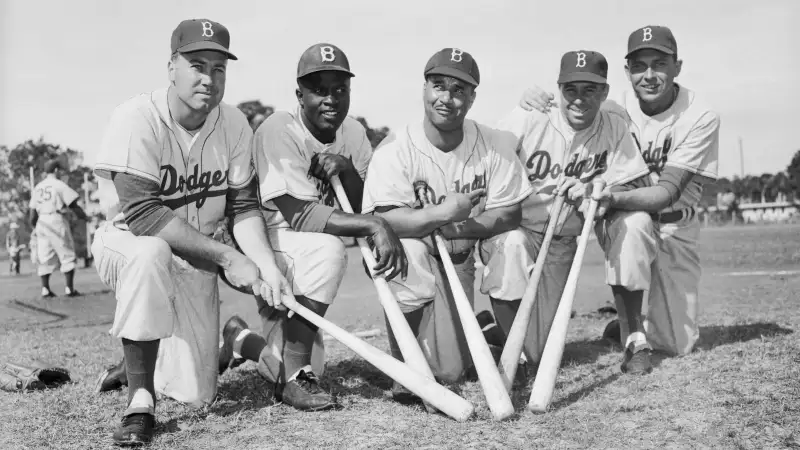
On the other hand, bringing in the left-handed Kuzava to face the left-handed hitting Snider made some sense. Although Kuzava had some control issues, making him a questionable choice with the bases loaded in a close game, the idea of the southpaw Kuzava facing the left-handed Snider had some appeal.
And it worked – Kuzava got Snider to pop out weakly to third base. What followed did not make sense. Stengel left Kuzava in to face the right-handed Robinson, still with the sacks full. Kuzava retired Robinson to end the seventh.. Back out to start the eighth with more right-handed batters due to hit, Kuzava retired Campanella to begin the frame. After Hodges reached on an error, Kuzava retired Pafko and Furillo to end the inning.
Stengel then pressed his luck. Kuzava was scheduled to lead off the top of the ninth. Logic would dictate pinch-hitting for Kuzava, and replacing him with a right-hander to close out the ninth against the Dodgers’ right-handed batters. The Yanks led by only two runs. The Dodgers had all right-handed batters scheduled to bat in the bottom of the ninth. Rather than pinch hit for his pitcher, Stengel let Kuzava bat. He made an out. The Yanks failed to score. In the bottom of the ninth, Kuzava defied the odds one more time, retiring in order Bobby Morgan (pinch hitting for Dodgers pitcher Carl Erskine), Billy Cox, and Pee Wee Reese, all right-handed batters, to secure the Yankee series victory.
The right-handed batters Kuzava held hitless were no ordinary batsmen. Robinson, Reese, Hodges, and Campanella are in the Hall of Fame, as is the left-handed Snider. Furillo would hit .344 the following season, and .299 for his career. He hit 18 or more homers six times. Pafko hit 36 home runs in 1950 and 30 more the following season, was a .285 career hitter, and made five All-Star teams.
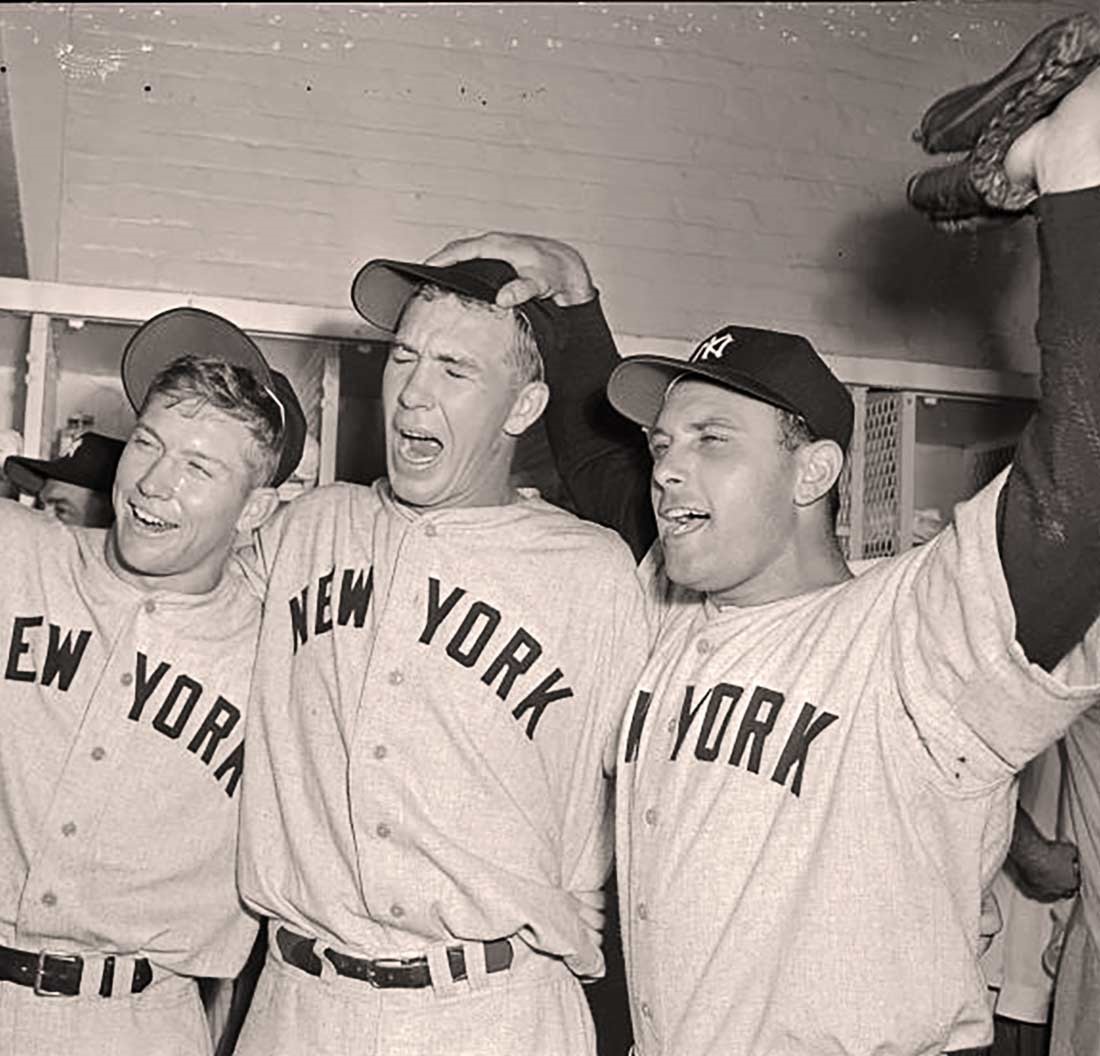
Instead of Kuzava, Stengel could have used closer Johnny Sain, a right-hander. Sain was a veteran with World Series experience. Prior to coming to the Yanks at the end of the 1951
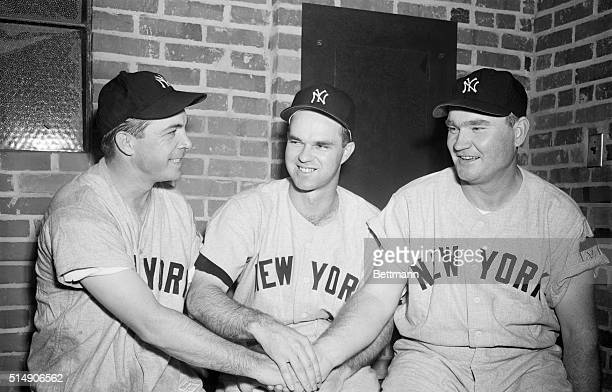
season, Sain pitched five seasons for the Boston Braves where he undoubtedly learned the nuances of the Dodgers hitters and the peculiarities of their home park. He won 20 or more games four times from 1946-1950. In 1952, he went 11-6 with a team-leading seven saves and an ERA of 3.46. True, Sain pitched six innings two days prior in Game Five, but what the hell. Sain was a starting pitcher before being traded to the Yanks. He pitched between 34 and 39 complete games each year from 1946 to 1950. The man’s arm could take it. Besides, the seventh game of the World Series is the seventh game of the World Series. There is no tomorrow. You’ve got all winter to rest your arm, fella.
Stengel could also have used Ray Scarborough (5-1, 2.91), another right-hander who had not pitched since going one inning in Game One. Then there was another right-hander, Tom Gorman (6-2, 4.60) who had not worked since Game Three when he went only 2/3 of an inning. But Stengel chose Kuzava.
Why use the left-handed Kuzava, a mediocre hurler at best with control issues, when all those powerful right-handed hitters were due up in cozy Ebbets Field, especially when competent right-handers were available? Who knows? Genius or luck?
Whatever, it worked.
Vince Jankoski
Subscribe to our website, Baseball History Comes Alive with over 1500 fully categorized baseball essays and photo galleries, now surpassing the one million hits mark with over 1,204,000 hits and over 950 subscribers: https://wp.me/P7a04E-2he
Information: Excerpts edited from

